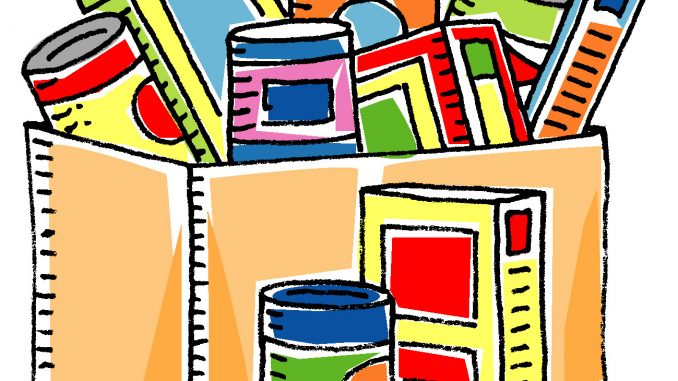
Emily Hoy, Contributing Writer from Food and Nutrition Association |
The holiday season is the most wonderful time of the year for many people, thanks to family gatherings, shopping for gifts, and especially the food; what’s not to love? For many Americans, there is no question of whether or not they will be able to afford a turkey for Thanksgiving or have access to food for Christmas dinner—the holidays are routine for us. Unfortunately, millions of other people in America do not have access to the same resources. In 2019, according to The United States Department of Agriculture, 38.3% of people in America alone struggled with food insecurity, which is the state of not having access to reliable, adequate, or nutritious food. Due to the COVID-19 pandemic, the number of people who are food insecure has increased to nearly 42 million people in 2021, according to Feeding America. Food banks, drives, and soup kitchens work especially hard around the holidays to try to provide families with nutritious and affordable food for Thanksgiving and Christmas time.
For many Americans, food insecurity is caused by a significant decrease in income. Layoffs and company downsizing, for example, are inevitable in some careers, leaving families struggling to pay their bills. Many families who struggle with food insecurity do not qualify for federal assistance programs—which makes “making ends meet” even more difficult. The rise in food insecurity throughout the COVID-19 pandemic is likely attributed to the number of people who lost their jobs and, therefore, cannot provide for their families.
This issue has been around for hundreds of years in America, and yet—we haven’t been able to find a way to end food insecurity. There are steps that can be taken by Americans to help people get access to affordable and reliable food. Around holiday time, it is easier to notice the need for help—and luckily, people are usually looking for opportunities to give back and assist their communities. The first, and likely easiest step, is to donate canned and boxed goods to food drives. When you go to the grocery store, picking up a few extra canned goods may seem insignificant to you, but to someone struggling with food insecurity, those few cans can make all the difference. One important thing to note when donating food is to try to donate things that don’t require a lot of other ingredients to prepare. For example, Kraft Mac and Cheese is often donated to food drives; however, people may not have butter or milk to use to prepare the mac and cheese. Food like canned beans, soups, and vegetables, along with boxed rice, and whole-grain pasta are great because they are nutritious and easy to prepare. A second way to help food insecurity is to raise awareness. Many people are not aware of how prevalent this issue really is. Talking to family and friends and using social media platforms are great ways to advocate for change. Finally, reach out to local organizations and food banks around you to find opportunities to volunteer around the holidays. Whether it’s handing out hot meals or creating holiday care packages, you can help change someone’s food situation for the better— and make the holidays much brighter.
Leave a Reply